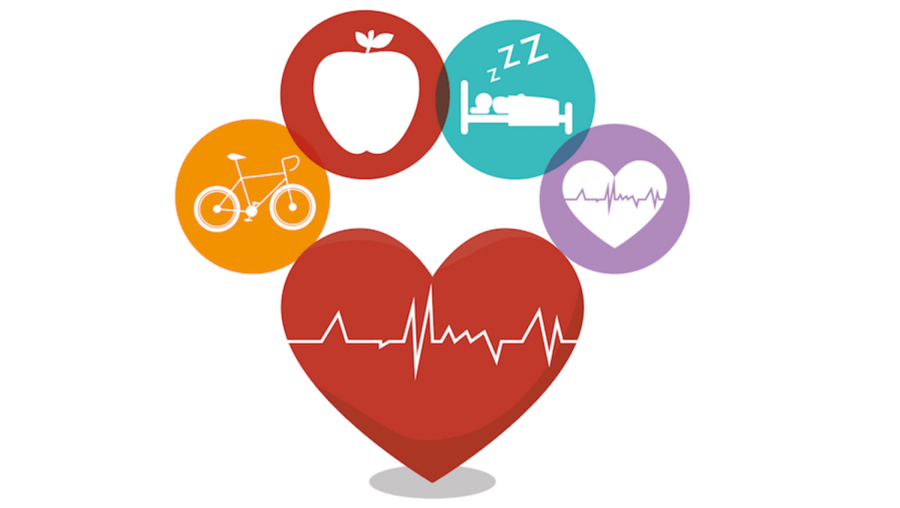Optimizing Well-being: Strategies for Work-Life Integration in Healthcare
The healthcare profession, characterized by high demands and emotional intensity, often presents significant challenges to maintaining a healthy work-life balance. This necessitates a strategic approach to well-being, integrating personal and professional spheres effectively. This article explores key concepts and practical strategies grounded in established theories of stress management, time management, and organizational behavior to facilitate work-life integration for healthcare professionals. We will define key terms such as work-life balance (the equilibrium between professional responsibilities and personal life) and work-life integration (a more fluid approach emphasizing seamless transitions and mutual enrichment between the two). The article also incorporates the concept of boundary management, referring to the conscious strategies used to separate and integrate work and personal domains.
1. Strategic Time Management and Prioritization: Effective time management, often guided by frameworks like the Eisenhower Matrix (urgent/important), is crucial. Healthcare professionals should prioritize tasks based on urgency and importance, delegating less critical duties where possible. This aligns with the principles of efficient resource allocation and prioritization inherent in project management methodologies.
2. Boundary Setting and Role Differentiation: Establishing clear boundaries between professional and personal time is fundamental. This involves defining specific work hours, utilizing dedicated workspaces (even within a home office), and actively disengaging from work-related communication outside designated hours. This resonates with the concept of role theory, where individuals adopt different roles with distinct behaviors and expectations in different contexts.
3. Task Delegation and Teamwork: Effective delegation empowers team members, fostering a collaborative environment and reducing individual workload. This aligns with principles of distributed leadership and team dynamics; trust and clear communication are essential for successful delegation.
4. Structured Breaks and Mindfulness Practices: Incorporating regular breaks, such as short mindfulness exercises or periods of physical activity, counters burnout and promotes cognitive restoration. Mindfulness techniques are rooted in the principles of stress reduction and improved emotional regulation.
5. Leveraging Technology for Efficiency: Employing technology to streamline administrative tasks and improve communication can free up valuable time. This involves selecting and utilizing project management software, scheduling tools, and communication platforms strategically. The concept of technological affordances underscores how technology can shape and enhance work processes.
6. Seeking Social Support and Mentorship: Building strong support networks through peer support groups, mentoring relationships, or family and friends can buffer against stress and provide emotional support. Social support theory emphasizes the protective effect of social connections on mental and physical health.
7. Proactive Self-Care and Well-being Strategies: Prioritizing self-care, incorporating regular exercise, healthy eating habits, and sufficient sleep, forms the foundation of resilience and sustained well-being. This approach aligns with biopsychosocial models of health, emphasizing the interconnectedness of biological, psychological, and social factors.
8. Assertive Communication and Boundary Maintenance: Learning to say "no" to additional responsibilities that would compromise well-being is crucial. Assertive communication strategies enable professionals to manage expectations effectively, protecting their time and energy while maintaining positive relationships.
9. Goal Setting and Achievement: Utilizing goal-setting techniques, such as SMART goals (Specific, Measurable, Achievable, Relevant, Time-bound), ensures that efforts are focused and measurable. Achieving personal and professional goals contributes to a sense of accomplishment and improved self-efficacy.
10. Cultivating a Supportive Work Environment: Advocating for supportive work policies, such as flexible work arrangements or generous vacation time, can significantly improve work-life integration at the organizational level. Organizational culture and leadership significantly influence the extent to which work-life balance is supported.
11. Strategic Vacation Planning and Disconnection: Regular planned vacations facilitate complete disengagement from work, enabling rest and rejuvenation. This aligns with the principles of recovery and stress reduction through planned breaks and change of environment.
12. Continuous Self-Reflection and Adjustment: Periodically evaluating work-life integration strategies and making necessary adjustments allows for continuous improvement. Regular reflection, possibly facilitated through journaling or self-assessment tools, ensures that strategies remain relevant and effective.
Conclusions and Recommendations
Achieving optimal work-life integration in healthcare requires a multifaceted approach encompassing strategic time management, effective boundary setting, proactive self-care, and the cultivation of a supportive work environment. The application of concepts from stress management, organizational behavior, and time management theories provides a framework for developing personalized strategies. Recommendations include implementing organizational policies that promote flexible work arrangements, providing access to employee assistance programs, and fostering a culture that values well-being. Further research could explore the effectiveness of specific interventions in different healthcare settings and the impact of organizational culture on individual well-being outcomes. A longitudinal study examining the long-term effects of work-life integration strategies on burnout rates and job satisfaction among healthcare professionals could provide valuable insights. These findings would enable the development of targeted interventions and supportive policies aimed at optimizing well-being and mitigating risks associated with the demanding nature of healthcare work.
Reader Pool: What innovative strategies do you believe are most impactful in fostering work-life integration within the demanding context of healthcare, and what further research avenues would you suggest to enhance our understanding of this critical issue?





No comments yet. Be the first to share your thoughts!